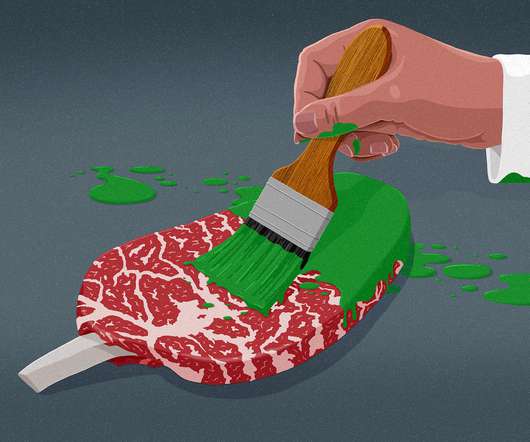The Growing Appetite for Meat Alternatives in China
AFN Sustainable Protein
JANUARY 29, 2018
If China meets its target, says WildAid, the cutback will translate into a one-billion-ton reduction in livestock-related carbon emissions. China now leads the world in obese children, and the World Health Organization has reported that one in three diabetes diagnoses is in China. World’s Largest Meat Consumer.



















Let's personalize your content